It is not often that I have the satisfaction of completing a collection. Back in the late 1990’s, I was able to collect an entire series of Space Shuttle LEGO sets. But since then, nothing. It is not that I did not have an interest in collections… I just did not find anything particularly tempting enough (although I did accumulate quite a collection of yo-yo’s…). That was until around ten years ago: I was gifted a Nikon P-90 for Christmas, and since that time, I have been hooked on photography.
I have collected an assortment of film and digital cameras that I find pleasure in using. Of these, I have developed a keen interest in FujiFilm digital cameras. While I cannot attest to the performance of the “X” series digital cameras of the past few years, I have only praise for the models the company produced between 2000-2010. Of these were the “E” series models. In total, FujiFilm produced four models: E-500, E-510, E-550 & E-900. The E-500 and E-510 were introduced in early 2004, amidst a time when the megapixel battle was heating up. FujiFilm marketed these ‘no-nonsense’ cameras to those that were still not convinced that digital photography was here to stay. The E-510 boasted 5.2 megapixels, while the E-500 only 4. Later, the E-550 (6 mp) and E-900 9(9 mp) came to market. In a way, the E-510 is the middle child of the E-Series family. It was not until 2018 when I completed my collection with the E-510.
Unassuming Uniqueness
I am of course bias, but there is something special about the FujiFilm E-510. It is not particularly flashy. Nor does it enable the user to set custom white balance. Its metering options are limited to ‘spot’ and ‘multi’. It is slow to start up, and the flash sucks. The viewfinder is dim, and only represents approximately 80% of the frame captured. Plus, the camera relies on the now extinct XD cards that Olympus and FujiFilm championed for so many years (although Samsung dabbled in XD for a brief time, and even manufactured some of the XD-cards with the Olympus logo on them). The tripod mount is plastic, and the camera does not have RAW capture. Despite all these gripes, why bother with the camera anyway?
In 2004, a majority of camera companies were still manufacturing compact point and shoots with a focal length that started at 35mm…not exactly wide by any means. But in a stroke of genius, FujiFilm offered the E-510 with a lens that started at 28mm: a dream come true for any landscape photographer. The lens alone makes the camera worth carrying along. Additionally, the camera offered the user AUTO, PROGRAM, 4 scenes, Aperture Priority, Shutter Priority and Manual modes via a rotating dial near the shutter release button. In many ways, the camera could suit the needs of both a beginner and an enthusiast. Best of all though? The camera still looked much like a 35mm compact, and required good ol’ AA batteries.
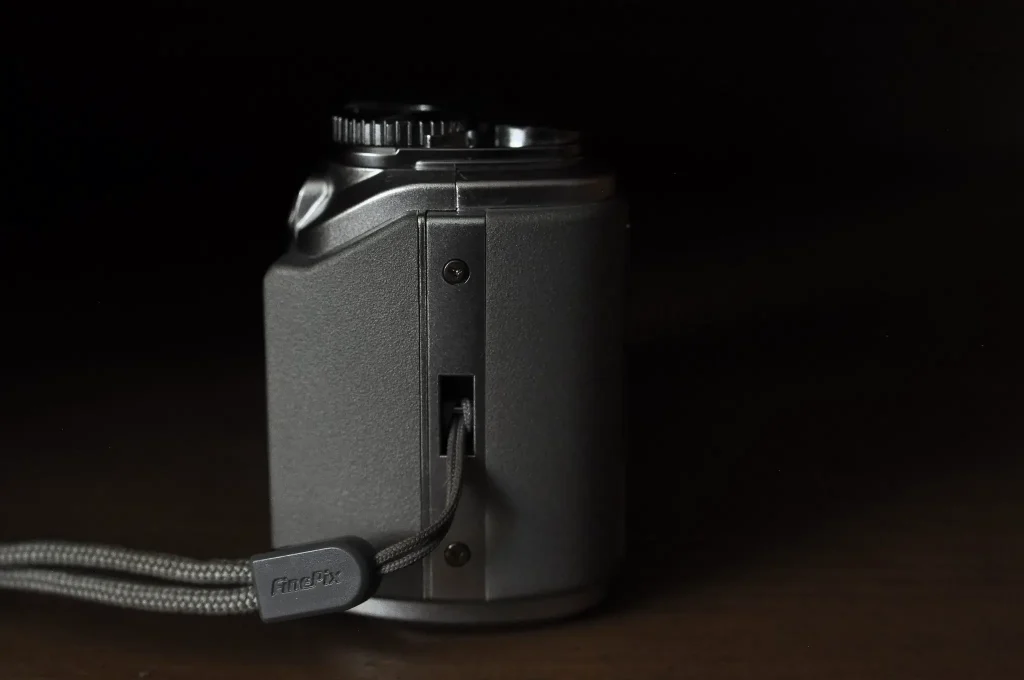
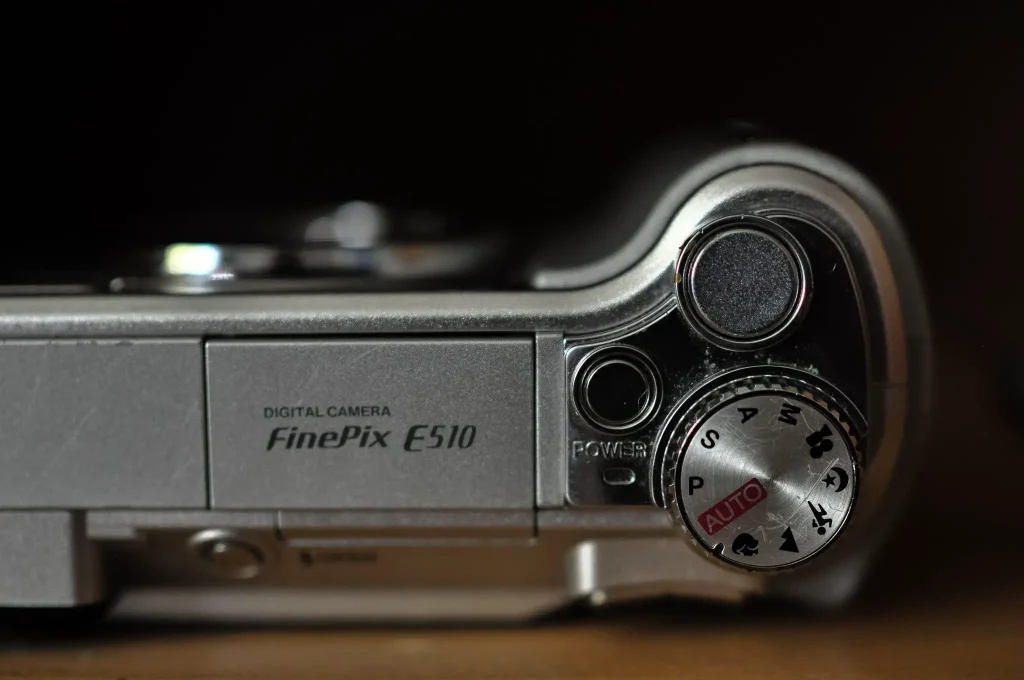
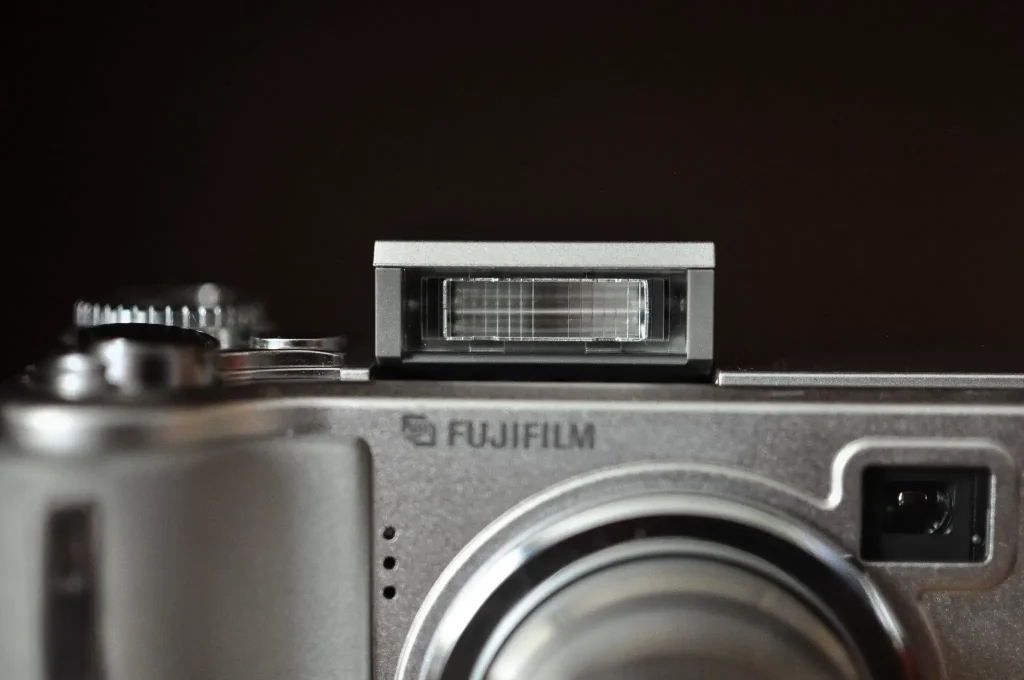
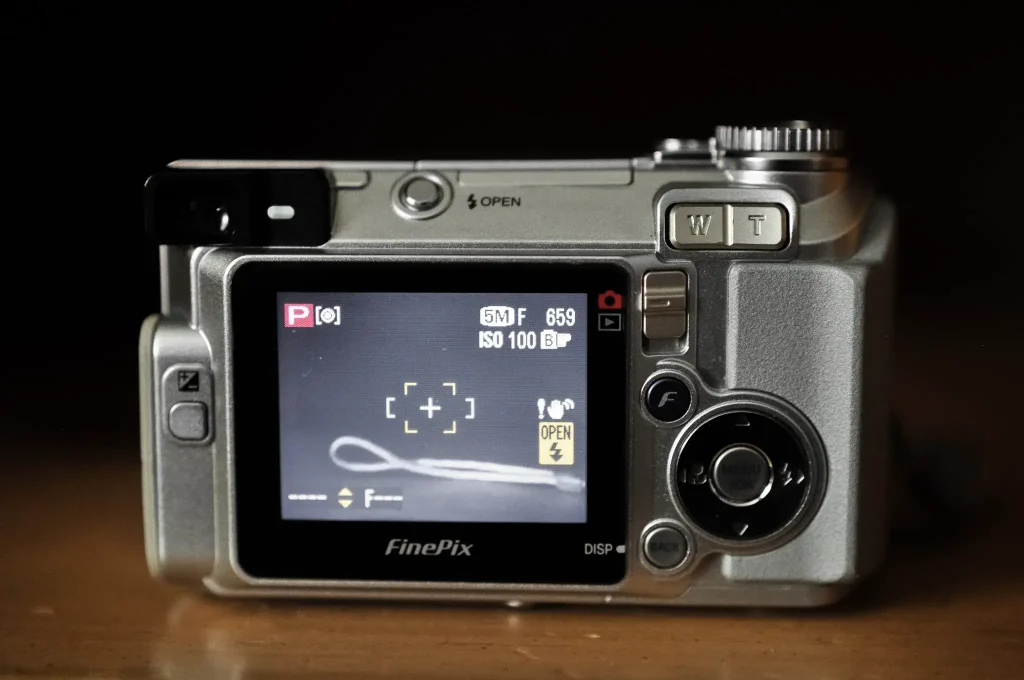
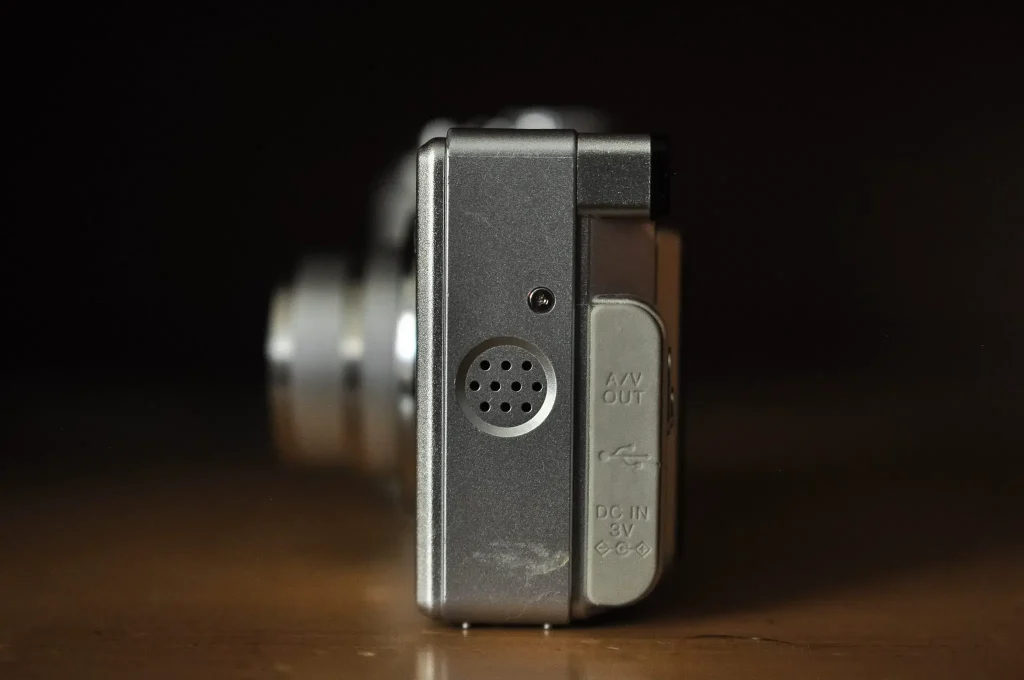
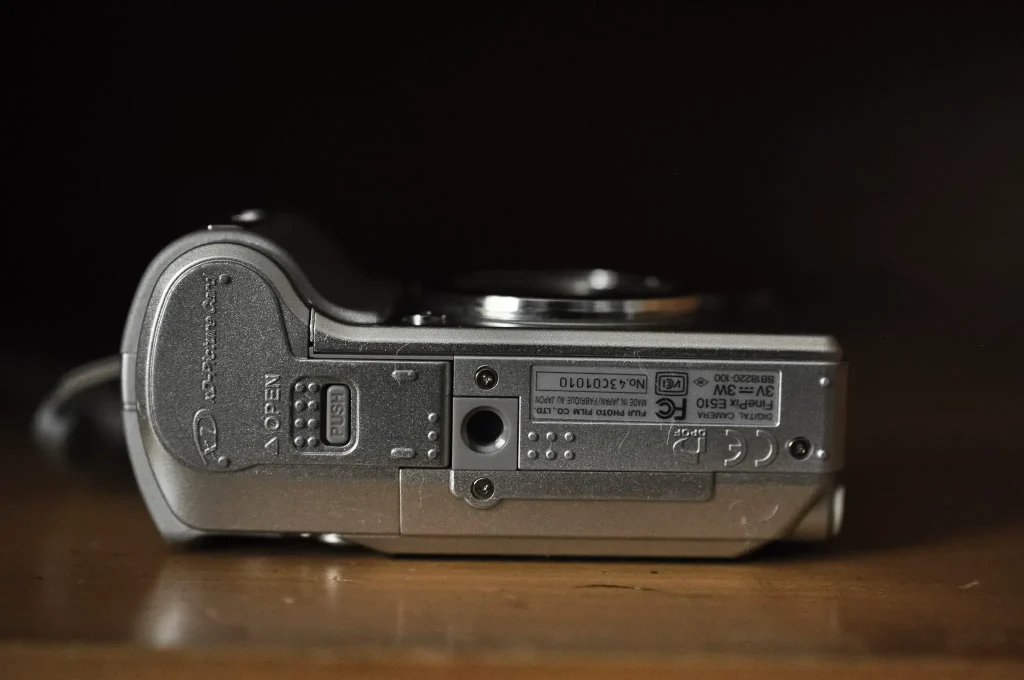
In the Field
The versatility of the camera is what keeps me coming back to the E-510. The 28mm lens allows great landscape results of course. But the bonus here is that the wide side of the lens allows for what FujiFilm calls ‘super-macro’. In this mode, the camera can be placed up to 2cm away from the subject. The image below represents the capability of the lens with a single frozen drop of water on a White Cedar branch.
*The images that follow have been edited to my personal taste in Adobe LR 4*
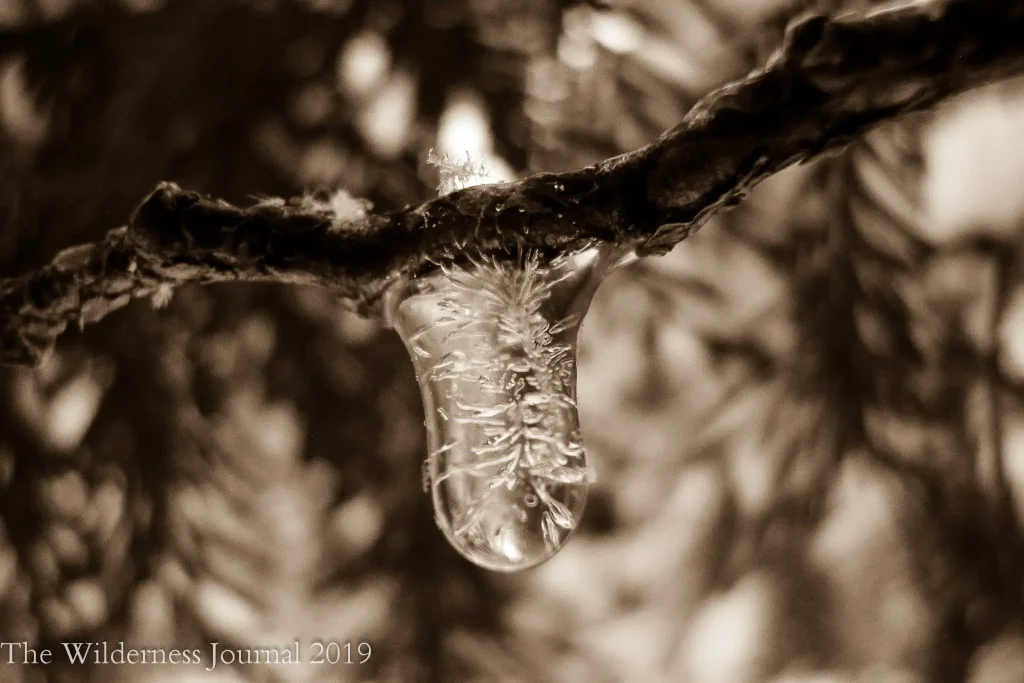
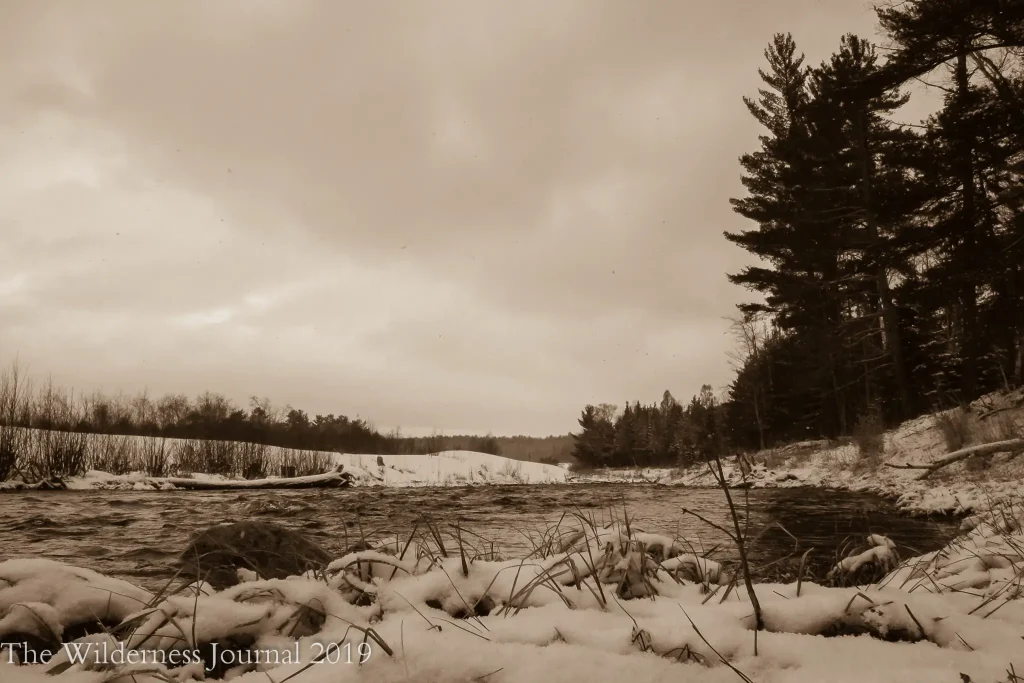
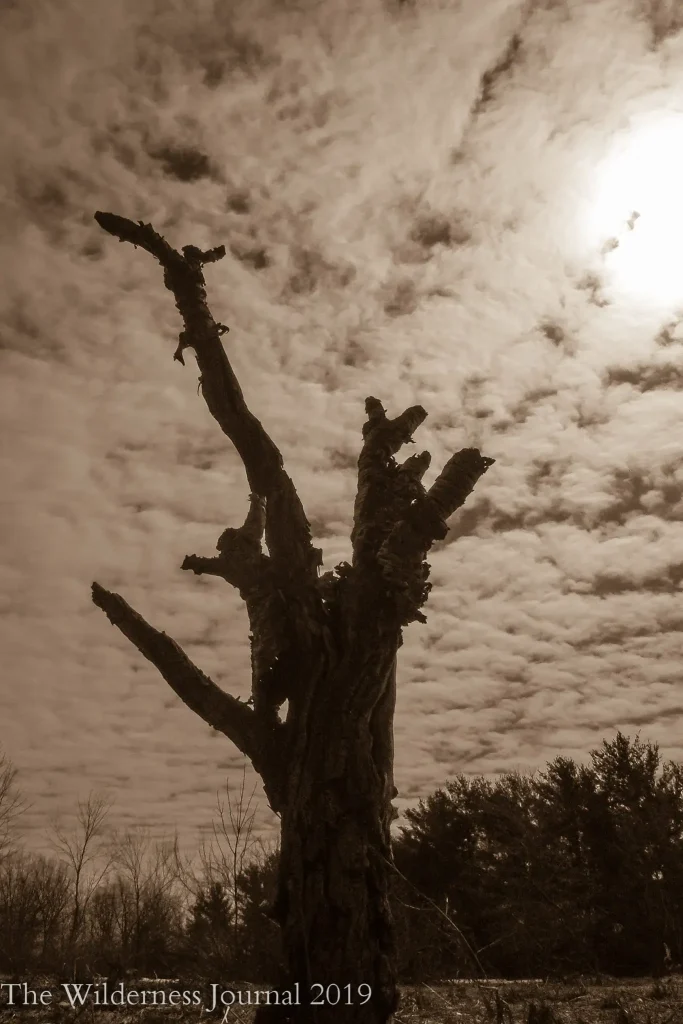
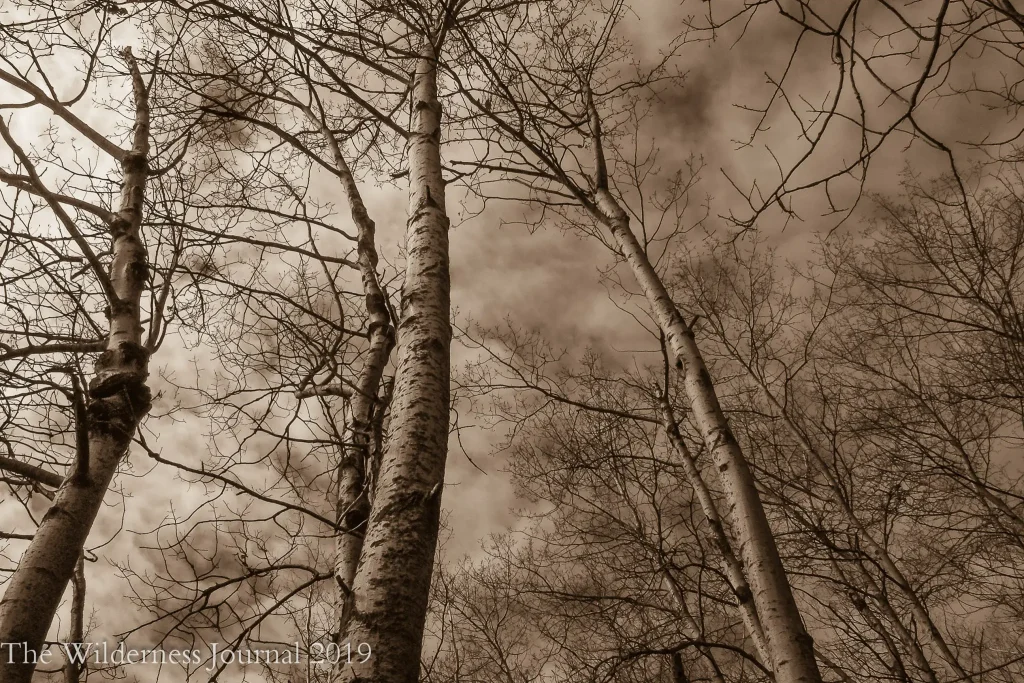
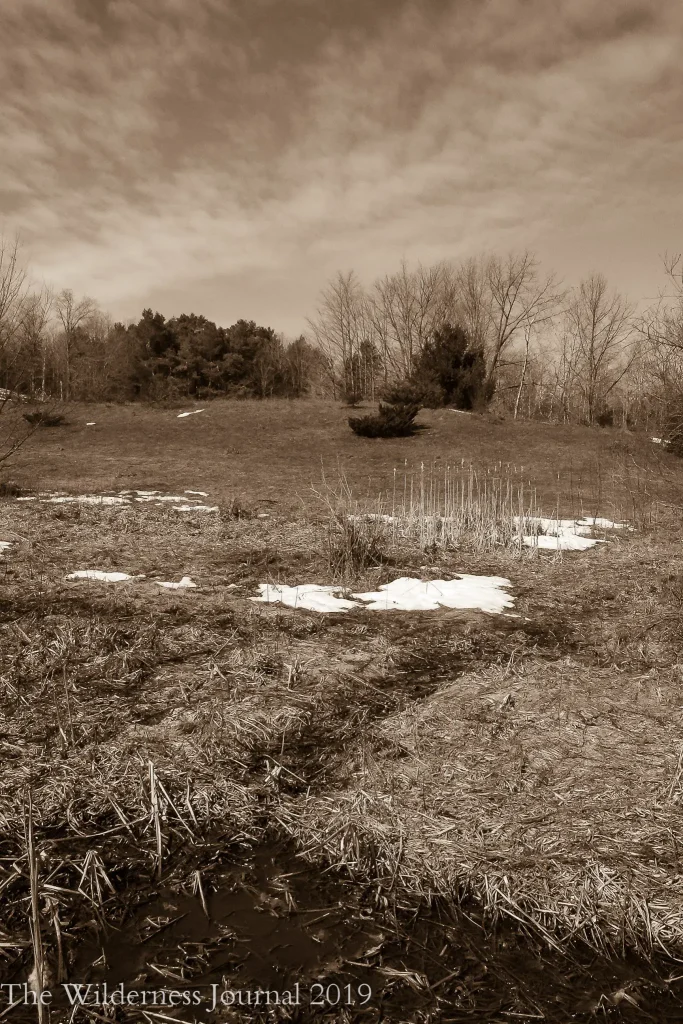
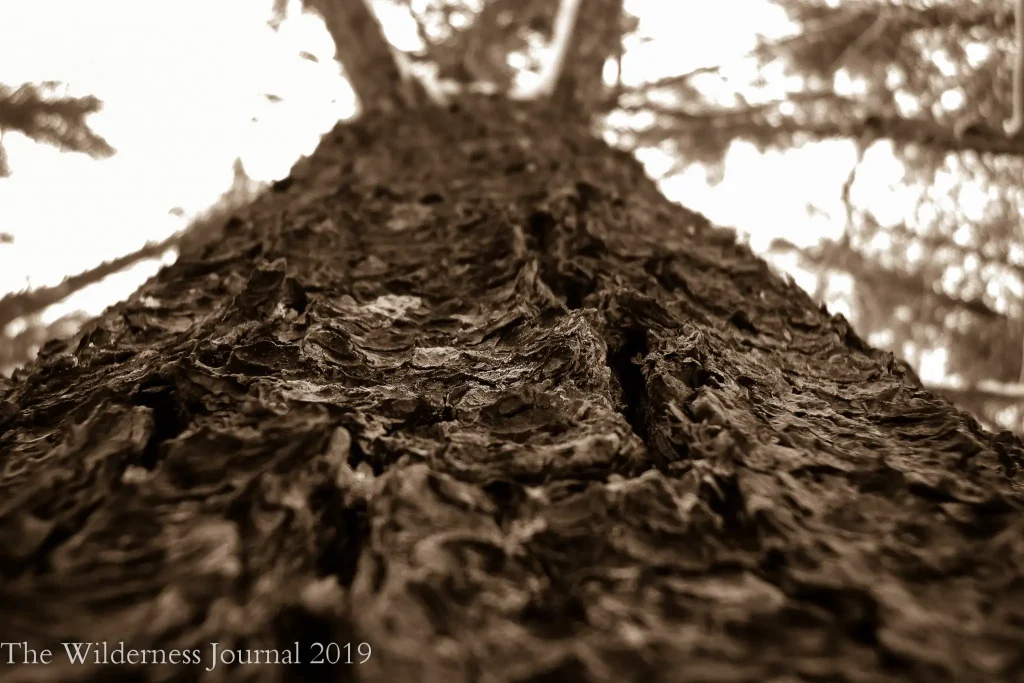
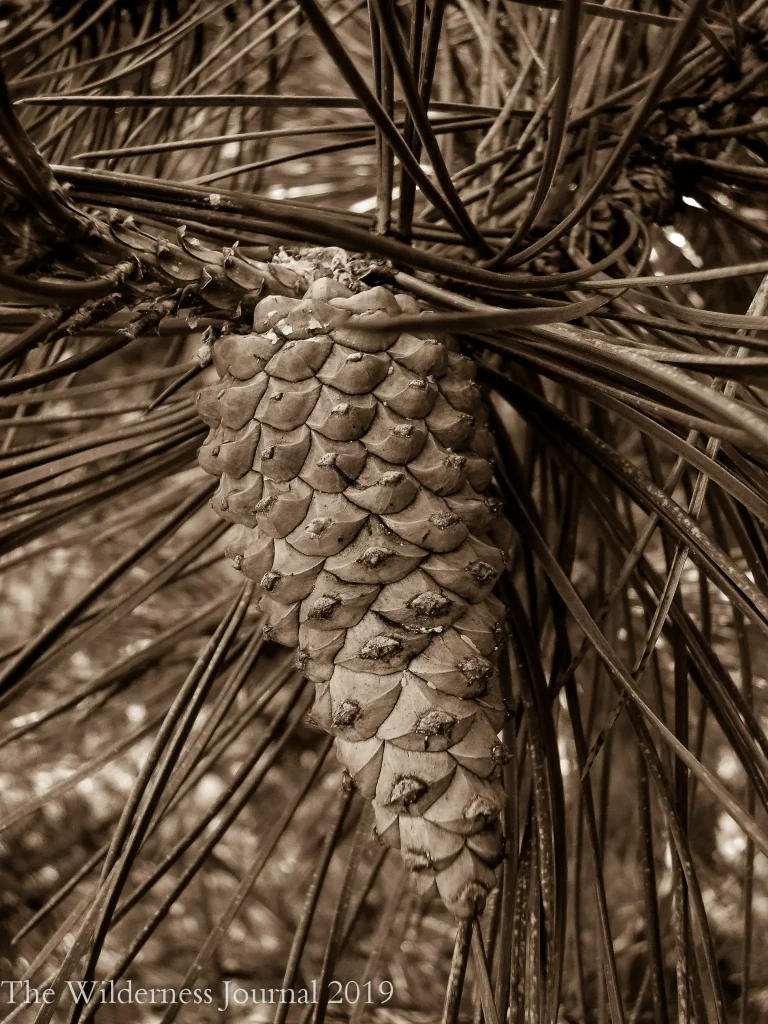
Final Thoughts
I just like this camera. Yes, it is digital…but I don’t care in the least. I wish I could afford to use film more often than I do. Film is expensive. In my world, it is a real privilege to load a roll of 36 exposures into one of my film cameras. I never take the experience for granted. Who can resist the sound of a frame being exposed by an old camera? Not me.
But I digress: yes, the viewfinder is dim, but at least it has one. I don’t mind using an XD card: I am in no hurry. It’s metering options are limited, but that is perfectly fine with me. I use the camera in manual mode most of the time anyway. I just like a camera that makes me happy. This one does. What more can I wish for in a camera? One thing actually: if only FujiFilm offered a lower cost version of the E-510 model with a fixed focal length 28mm lens…
If you happen across one, don’t be afraid to take it home. It may not be trendy, but by golly it works.
-Adam
Share this post:
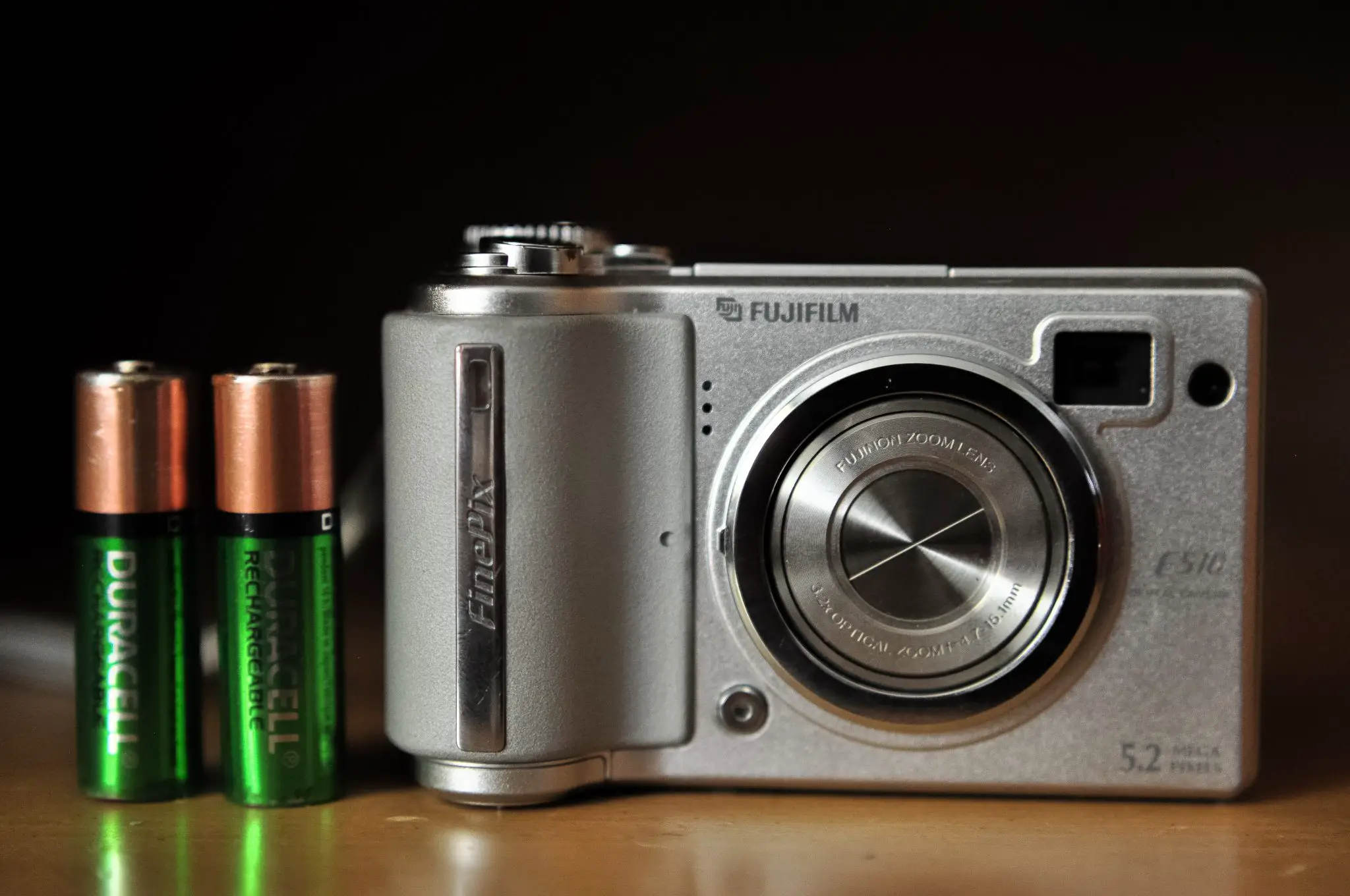








Comments
Nick on FujiFilm E-510 – A Digital Compact from a Forgotten Age – By Adam Kendall
Comment posted: 10/05/2019
The proof is in the images... which I loved.
AA Batteries too... a retro delight!
Comment posted: 10/05/2019
Justin Smith on FujiFilm E-510 – A Digital Compact from a Forgotten Age – By Adam Kendall
Comment posted: 10/05/2019
Comment posted: 10/05/2019
Kurt Ingham on FujiFilm E-510 – A Digital Compact from a Forgotten Age – By Adam Kendall
Comment posted: 10/05/2019
Rick on FujiFilm E-510 – A Digital Compact from a Forgotten Age – By Adam Kendall
Comment posted: 10/05/2019
I replaced it with the E900 you mention. I really think this was a brilliant camera that never got its due. It was blazingly fast (for its time at least) with almost no shutter lag. It could shoot huge 9mp raw files with beautiful colour and depth, and the "Super CCD" really seemed bring something special. I'd love to see a similar article on the E900!
Comment posted: 10/05/2019
Kodachromeguy on FujiFilm E-510 – A Digital Compact from a Forgotten Age – By Adam Kendall
Comment posted: 11/05/2019
fpharrell on FujiFilm E-510 – A Digital Compact from a Forgotten Age – By Adam Kendall
Comment posted: 12/05/2019
Very nice photographs, by the way.
Comment posted: 12/05/2019
Dominique on FujiFilm E-510 – A Digital Compact from a Forgotten Age – By Adam Kendall
Comment posted: 13/05/2019
FujiFilm E-900 Review - a Sublime Paradox - By Adam Kendall - 35mmc on FujiFilm E-510 – A Digital Compact from a Forgotten Age – By Adam Kendall
Comment posted: 21/08/2020